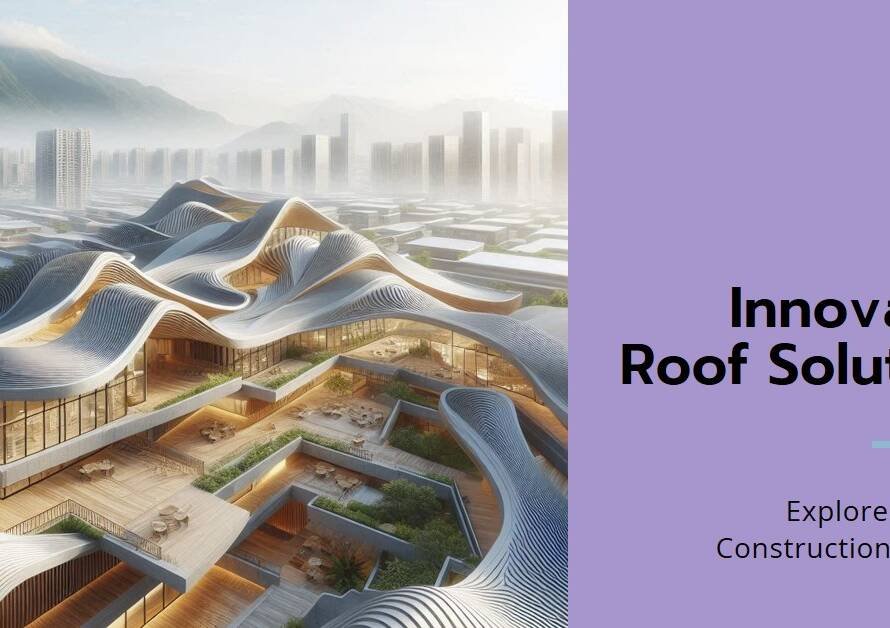
Table of Contents
In the dynamic realm of interior design, the marriage of 3D printing and 3D visualization emerges as a revolutionary force. This blog post navigates the intersection of these two technologies, exploring how the precision of 3D printing and the creativity of 3D interior design come together to shape the future of crafting interior spaces.
Section 1: The Precision Revolution
Title: Precision Unleashed: How 3D Printing Transforms Interior Design Details
This section delves into the transformative impact of 3D printing on the precision and intricacy achievable in interior design. With 3D printing technologies, designers can bring to life intricate details, from custom furniture pieces to ornate decorative elements. The precision and accuracy offered by 3D printing elevate the level of craftsmanship, allowing designers to push the boundaries of what is achievable in interior spaces.
By leveraging 3D printing for intricate design details, interior designers can create personalized and unique elements that resonate with the overall aesthetic vision. The ability to seamlessly translate digital designs into tangible, high-quality objects marks a precision revolution in the field of interior design.
Section 2: Customization Beyond Limits
Title: Beyond Boundaries: 3D Printing’s Role in Limitless Interior Design Customization
This section explores how 3D printing expands the horizons of customization in interior design. In a world where personalization is highly valued, 3D printing empowers designers to go beyond conventional limits. From bespoke furniture tailored to individual preferences to unique decor pieces that reflect a client’s personality, 3D printing brings a new dimension to customization.
The technology allows for the creation of one-of-a-kind designs that cater to specific spatial requirements and design preferences. This level of customization not only enhances the visual appeal of interior spaces but also contributes to a sense of exclusivity and uniqueness, setting a space apart from the ordinary.
Section 3: Prototyping Possibilities
Title: Prototyping the Future: How 3D Printing Reshapes Interior Design Iterations
In this section, the focus shifts to how 3D printing facilitates prototyping in the interior design process. Traditional prototyping can be time-consuming and resource-intensive, but 3D printing enables designers to quickly materialize their concepts. The ability to physically prototype designs allows for a more tangible and hands-on approach to evaluating spatial layouts, furniture arrangements, and overall design concepts.
This iterative process enhances collaboration between designers and clients, fostering a more dynamic and interactive design development phase. By presenting physical prototypes, designers can receive real-time feedback, leading to a more refined and client-centric interior design outcome.
Section 4: Sustainable Design Realities
Title: Greening Interiors: 3D Printing’s Contribution to Sustainable Interior Design
Sustainability is a growing concern in interior design, and this section explores how 3D printing contributes to more eco-friendly practices. The precision of 3D printing minimizes material waste during the manufacturing process, aligning with the principles of sustainable design. Designers can create furniture and decor elements with optimized material usage, reducing the environmental impact of interior design projects.
Additionally, 3D printing allows for the use of sustainable materials, such as recycled plastics and bio-based filaments, further enhancing the eco-friendly aspects of interior design. The fusion of 3D printing and sustainable design principles opens new avenues for creating aesthetically pleasing and environmentally responsible interior spaces.
Section 5: Transforming Architectural Elements
Title: Architectural Alchemy: 3D Printing’s Role in Transforming Interior Architectural Elements
This section explores how 3D printing transcends traditional boundaries, transforming interior architectural elements. From intricate wall panels to customized ceiling designs, 3D printing offers a new dimension to interior architecture. Designers can experiment with complex geometries and organic forms that were once challenging to achieve with conventional manufacturing methods.
The transformative capabilities of 3D printing extend to both residential and commercial interiors, allowing for the creation of stunning and unconventional architectural features. As a result, interior spaces become not just functional but immersive works of art that captivate and inspire.
Section 6: Collaboration in Virtual Spaces
Title: Virtual Harmony: Enhancing Interior Design Collaboration Through 3D Printing
This section delves into the collaborative potential of 3D printing in virtual interior design spaces. Designers can use 3D visualization to create virtual prototypes, and with the integration of 3D printing, these virtual designs can be brought into the physical realm. The seamless transition from virtual to tangible allows for a more fluid collaboration between designers, clients, and other stakeholders.
Through virtual spaces, stakeholders can explore and interact with the design in real-time, providing valuable insights and feedback. The combination of 3D printing and virtual collaboration platforms fosters a harmonious design process where ideas can be exchanged and refined with efficiency and clarity.
Section 7: Pushing Artistic Boundaries
Title: Artistry Unleashed: Pushing Artistic Boundaries in 3D-Printed Interior Design
This section explores the artistic freedom afforded by 3D printing in interior design. Designers can push the boundaries of conventional aesthetics, experimenting with avant-garde forms and avant-garde concepts. The ability to translate abstract ideas into tangible, 3D-printed objects allows for the creation of interior spaces that transcend the ordinary and evoke emotional responses.
The fusion of artistic expression and technological innovation enables designers to challenge preconceived notions of interior design, creating spaces that are not only visually stunning but also thought-provoking. This artistic liberation opens up new possibilities for creating immersive and emotionally resonant interior environments.
Section 8: Overcoming Challenges
Title: Navigating the Design Maze: Overcoming Challenges in 3D-Printed Interior Design
While the potential for 3D printing in interior design is immense, this section acknowledges and addresses the challenges that designers may face. From the need for specialized knowledge in 3D printing technologies to considerations of scale and production capabilities, designers must navigate obstacles to fully realize the benefits of this technology.
By recognizing and overcoming these challenges, interior designers can embrace 3D printing as a powerful tool that enhances their creative capabilities and offers new avenues for design exploration.


Section 9: A Visionary Future
Title: Visionary Vistas: Anticipating the Future of 3D-Printed Interior Design
The blog post concludes by peering into the future, anticipating how the fusion of 3D printing and 3D interior design will continue to evolve. As technology advances and designers become more adept at harnessing the capabilities of 3D printing, the vision is set for a future where interior design is not just a functional necessity but a form of artistic expression, made possible through the seamless integration of digital craftsmanship and tangible innovation.


